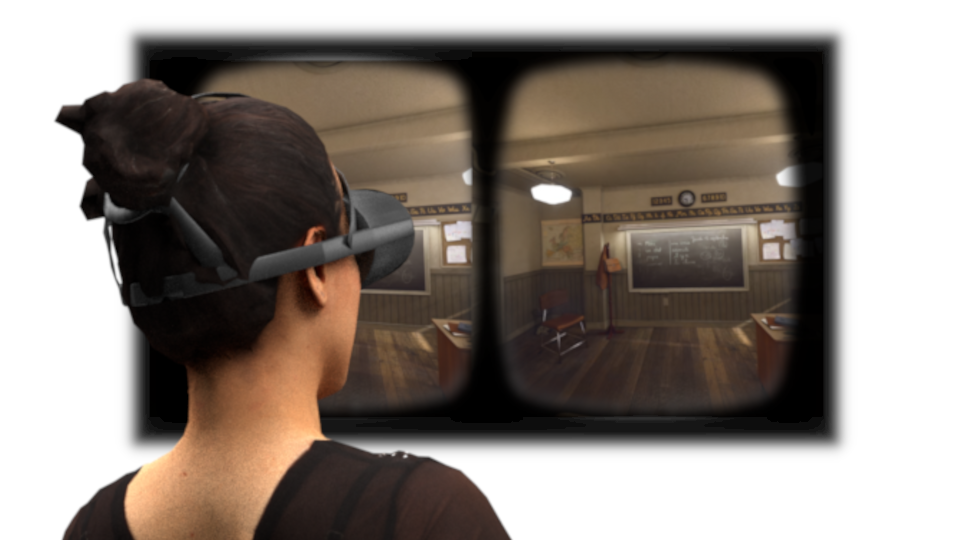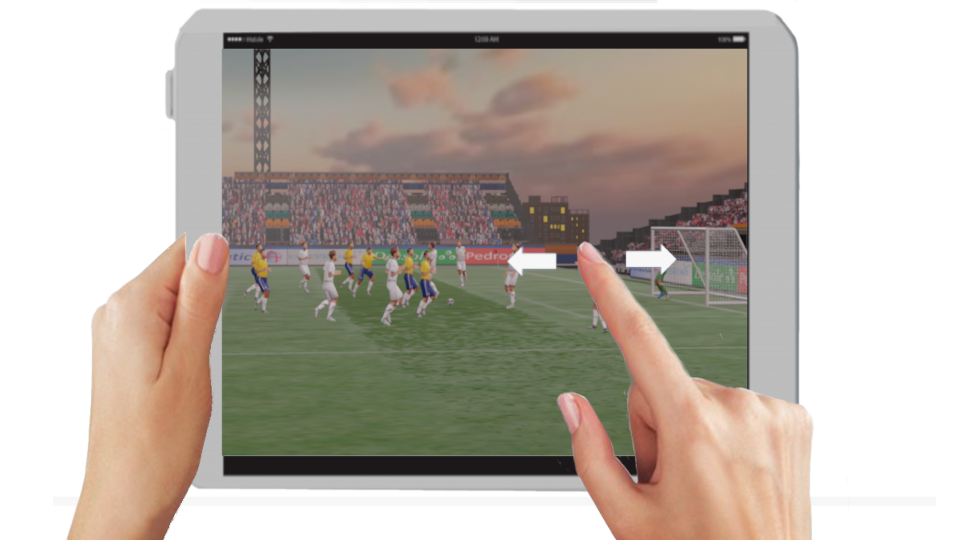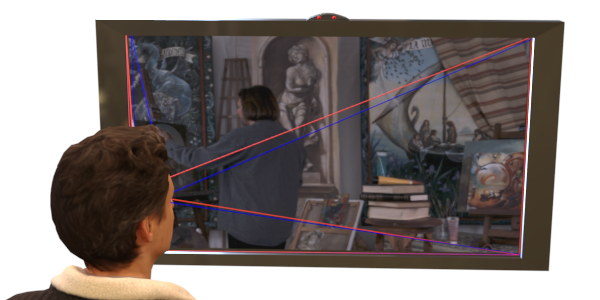Use cases of MIV may be sorted into three categories, all benefiting from the point of view change provided by MIV technology.
Virtual Reality (VR)
VR is the historical use case for MIV. Very first experiences with HMD device have shown that the viewing of flat 360° video does not work in HMD since it induces nausea forthe majority of people. Providing parallax effect to the viewer is therefore mandatory, especially for close objects. Volumetric Video provides this sense of parallax because of depth information. In practice, the Field of View of VR content is large, although not necessary as large as 360°, and is advantageously made by compositing natural and synthetic content.

Getting the best point of view on a 2D display
Here the viewer is invited to significantly change its point of view, typically by finger control on a tablet or smartphone, or by any other interaction. Related contents are typically captured with an elongated rig of small cameras shooting at the scene center or along a scene. Compared to a similar use case with MPEG V-PCC technology, the displacement of the viewer is limited and would not allow to make a complete turn-around but the field of view typically captures here the whole scene and not a separated object. These uses cases may be used for narrative content but will be even more relevant for sport contents, in replay mode of specific actions.

Viewing on Light Field Displays
Light field displays allow headset-less stereo viewing on a rectangular screen. Depending of the technology as it can be seen on current available prototypes, it may be for a single viewer or multiple viewers at the same time. The head position and orientation are tracked from the device. This allows a stereo viewing depending of the exact position of the binocular gaze, promising a unique feeling of immersiveness. It also opens the door for future videoconferencing and telepresence use case.


